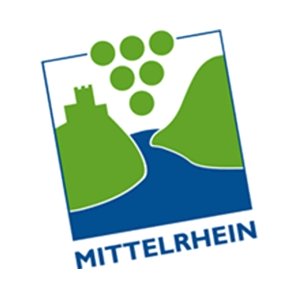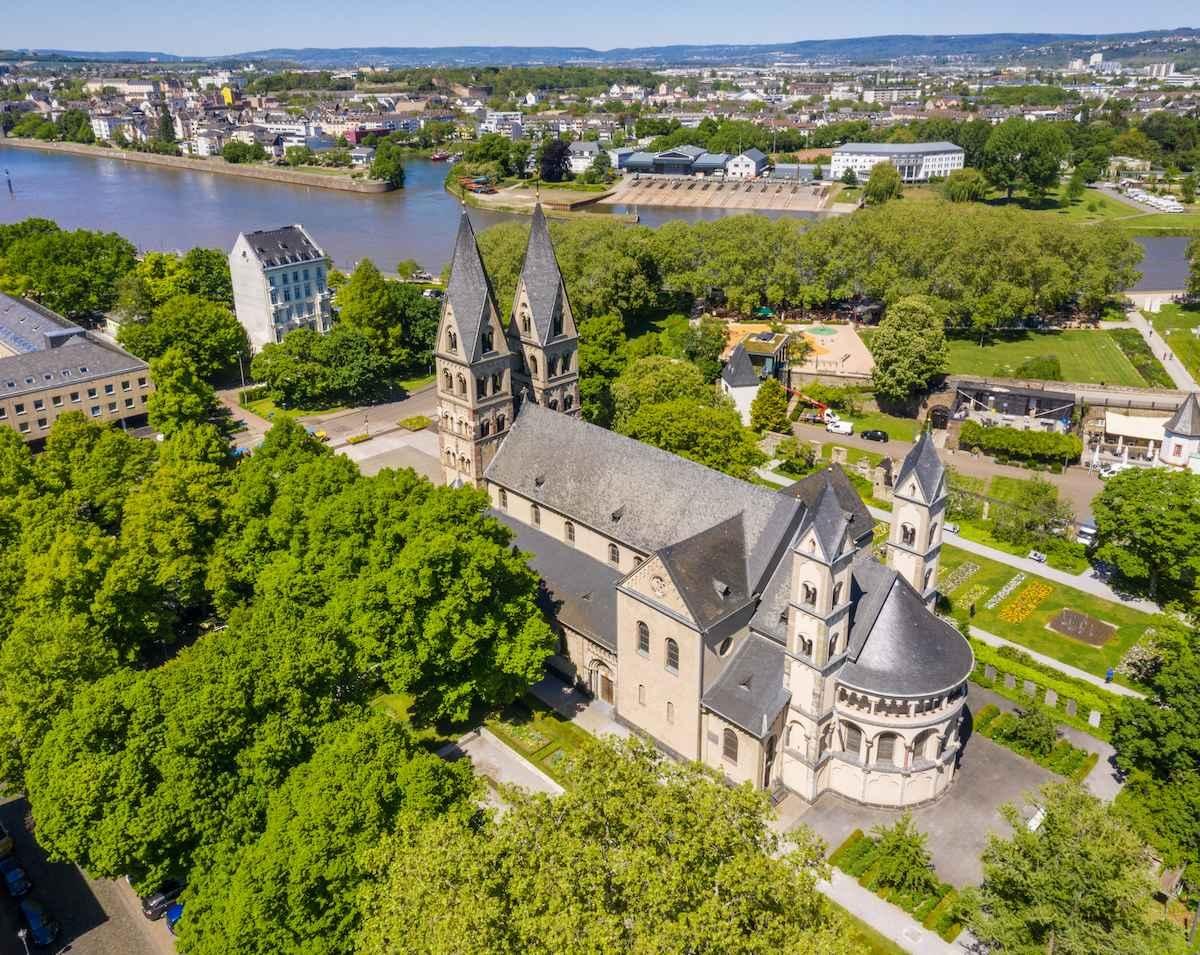10:00 - 16:00
Basilica of St. Kastor
Kastorhof 4, 56068 Koblenz
The St. Castor Basilica is the oldest surviving church in Koblenz. The monastery church was consecrated in 836 and was the scene of many important historical events. The St. Castor monastery was a meeting and mediation point for emperors and kings, as well as their descendants. In the Romanesque church in 842, the trial of the sons of Emperor Louis the Pious took place. This led to the division of the Frankish Empire in the Treaty of Verdun the following year.
The building as it stands today dates mainly from the middle of the 12th century. On 30th July 1991, Pope John Paul II elevated the Castor Church to a minor basilica. The St. Castor Basilica, together with the Liebfrauenkirche and St. Florins’ Church characterise the silhouette of the Koblenz old town.
A Russian city commandant with a sense of humour
There is an amusing story about the fountain in the square in front of the basilica. The French prefect, Doazan, had it engraved somewhat prematurely before the end of the conflict in 1812 in anticipation of the victorious outcome of Napoleon’s Russian campaign; the inscription on the classic fountain reads:
"A Napoleon le Grand, an. MDCCCXII Memorable par la Campagne contre les Riusses sous la Prefecture des Jules Doazan."
(eng: To Napoleon the Great. 1812 to commemorate the Russian campaign under the prefecture of Jules Doazan).
As we now know, the Russian campaign ended with the crushing defeat of Napoleon. The Russian soldiers came to Koblenz which had been abandoned by the French. The Russian city commander showed a sense of humour when, on 1st January 1814, he added the following to the Napoleon memorial in French:
"Vue et approuvé par nous, le Commandant Russe de la Ville de Coblence."
(eng: Seen and approved by us, the Russian commander of the city of Koblenz)
In doing so he immortalised the memory of Napoleon’s defeat and the end of French rule in Koblenz.





